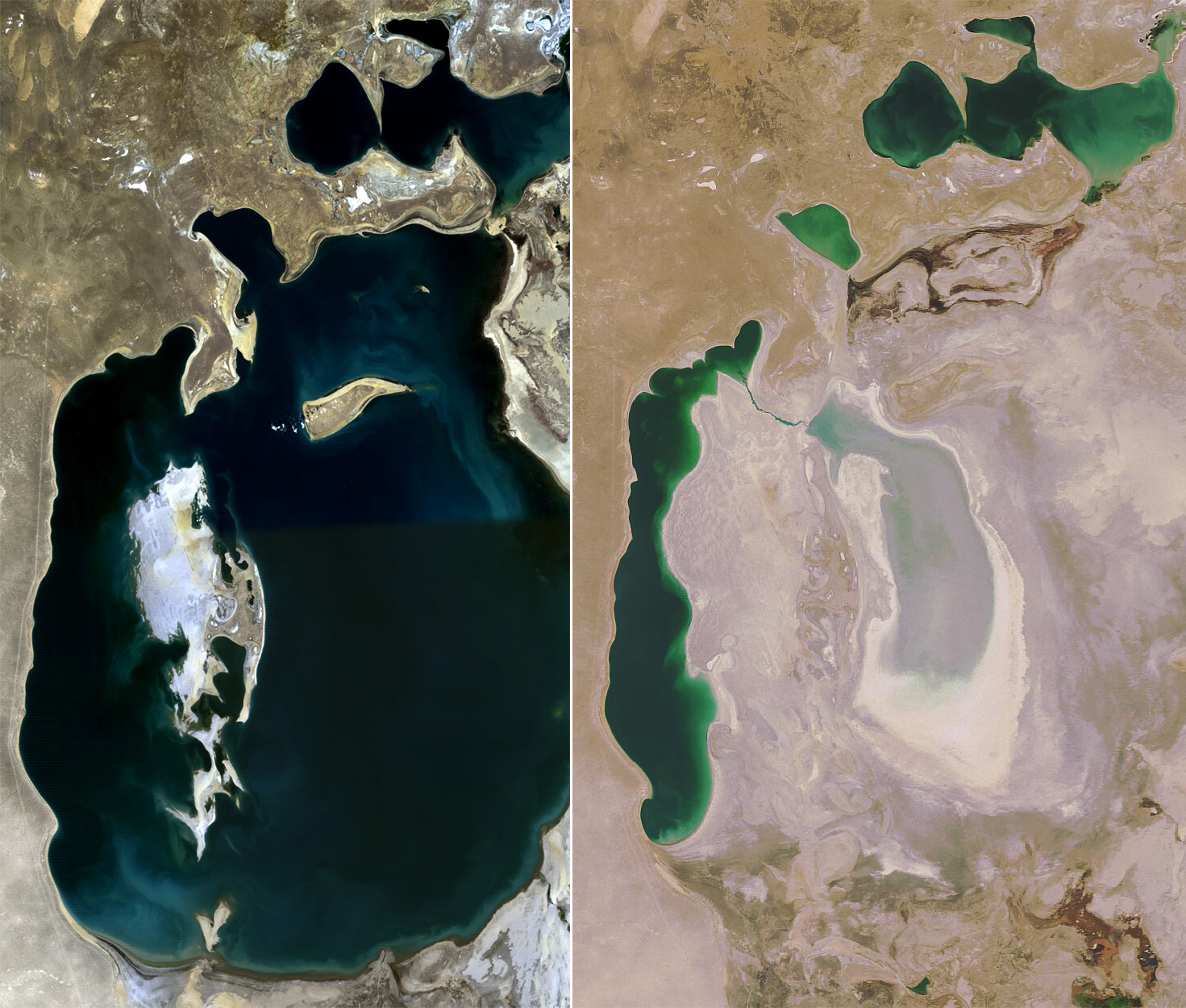|
Murray–Darling Basin Authority
The Murray–Darling Basin Authority (MDBA) is the principal government agency in charge of managing the Murray–Darling Basin in an integrated and sustainable manner. The MDBA is an independent statutory agency that manages, in conjunction with the Basin states, the Murray–Darling basin's water resources in the national interest. The MDBA reports to the Minister for the Environment and Water, held since May 2025 by Murray Watt. The MDBA was established under the '' Water Act 2007 (Cth)'', which was introduced by the Howard government as part of " A National Water Plan for Water Security". The ''Water Act 2007'' was a response to the drought and the potential effects of climate change in Australia. The law aimed to fulfill Australia's obligations under the Ramsar Convention on Wetlands. The 2007 Act was substantially amended in 2008. The Chief Executive of the MDBA is Andrew McConville who replaced Phillip Glyde and Dr Rhondda Dickson prior. The Chair of the MDBA is Air Chi ... [...More Info...] [...Related Items...] OR: [Wikipedia] [Google] [Baidu] |
Canberra
Canberra ( ; ) is the capital city of Australia. Founded following the Federation of Australia, federation of the colonies of Australia as the seat of government for the new nation, it is Australia's list of cities in Australia, largest inland city, and the list of cities in Australia by population, eighth-largest Australian city by population. The city is located at the northern end of the Australian Capital Territory at the northern tip of the Australian Alps, the country's highest mountain range. Canberra's estimated population was 473,855. The area chosen for the capital had been inhabited by Aboriginal Australians for up to 21,000 years, by groups including the Ngunnawal and Ngambri. history of Australia (1788–1850), European settlement commenced in the first half of the 19th century, as evidenced by surviving landmarks such as St John the Baptist Church, Reid, St John's Anglican Church and Blundells Cottage. On 1 January 1901, federation of the colonies of Australi ... [...More Info...] [...Related Items...] OR: [Wikipedia] [Google] [Baidu] |
Fairfax Media
Fairfax Media was a media (communication), media company in Australia and New Zealand, with investments in newspaper, magazines, radio and digital properties. The company was founded by John Fairfax as John Fairfax and Sons, who purchased ''The Sydney Morning Herald'' in 1841. The Fairfax family retained control of the business until late in the 20th century. The company also owned several regional and national Australian newspapers, including ''The Age'', ''Australian Financial Review'' and ''Canberra Times'', majority stakes in property business Domain Group and the Macquarie Radio Network, and joint ventures in streaming service Stan (company), Stan and online publisher HuffPost, HuffPost Australia. The group's last chairman was Nick Falloon and the CEO was Greg Hywood. On 26 July 2018, Fairfax Media and Nine Entertainment Co. announced it had agreed on terms for a merger between the two companies. Shareholders in Nine Entertainment Co. took a 51% of the combined entity and ... [...More Info...] [...Related Items...] OR: [Wikipedia] [Google] [Baidu] |
Siobhán McHugh
Siobhán McHugh is an Irish-Australian author, podcast producer and critic, oral historian, audio documentary-maker and journalism academic. In 2013 she founded ''RadioDoc Review'', the first journal of critical analysis of crafted audio storytelling podcasts and features, for which she received an academic research award. She is Associate Professor of Journalism (honorary) at the University of Wollongong (UOW). and Associate Professor of Media and Communications (honorary) at the University of Sydney. Her latest book, ''The Power of Podcasting: telling stories through sound'', was published by NewSouth Books in February 2022, with a US edition through Columbia University Press in October 2022. Biography McHugh was born in Dublin, the second of six children, and graduated from University College Dublin with a Bachelor of Science. She was appointed a radio producer at RTE (Raidió Teilifís Éireann), the Irish state broadcaster, in 1981. In 1985, she moved to Australia, to work at ... [...More Info...] [...Related Items...] OR: [Wikipedia] [Google] [Baidu] |
Environmental Management
Environmental resource management or environmental management is the management of the interaction and impact of human societies on the environment. It is not, as the phrase might suggest, the management of the environment itself. Environmental resources management aims to ensure that ecosystem services are protected and maintained for future human generations, and also maintain ecosystem integrity through considering ethical, economic, and scientific ( ecological) variables. Environmental resource management tries to identify factors between meeting needs and protecting resources. It is thus linked to environmental protection, resource management, sustainability, integrated landscape management, natural resource management, fisheries management, forest management, wildlife management, environmental management systems, and others. Significance Environmental resource management is an issue of increasing concern, as reflected in its prevalence in several texts inf ... [...More Info...] [...Related Items...] OR: [Wikipedia] [Google] [Baidu] |
Freshwater Ecosystem
Freshwater ecosystems are a subset of Earth's aquatic ecosystems that include the biological communities inhabiting freshwater waterbodies such as lakes, ponds, rivers, streams, springs, bogs, and wetlands. They can be contrasted with marine ecosystems, which have a much higher salinity. Freshwater habitats can be classified by different factors, including temperature, light penetration, nutrients, and vegetation. There are three basic types of freshwater ecosystems: lentic (slow moving water, including pools, ponds, and lakes), lotic (faster moving streams, for example creeks and rivers) and wetlands ( semi-aquatic areas where the soil is saturated or inundated for at least part of the time). Freshwater ecosystems contain 41% of the world's known fish species. Freshwater ecosystems have undergone substantial transformations over time, which has impacted various characteristics of the ecosystems. Original attempts to understand and monitor freshwater ecosystems were spurre ... [...More Info...] [...Related Items...] OR: [Wikipedia] [Google] [Baidu] |
Water Supply And Sanitation In Australia
Water supply and sanitation in Australia is a topic concerning the consumption and obtainment of water for the Australian population. Being the driest inhabited continent in the world, and also one of the highest consumers of water per capita, both the acquisition and usage of water are of concern to Australians. Issues such as climate change and global warming are expected to impact the supply of water in Australia in the future, which can lead to severe consequences such as prolonged droughts. Historically, Australia's variable rainfall levels have caused the construction of various dams and reservoirs in major water systems, to ensure that a consistent water supply exists for its population. The Murray-Darling river, Australia's largest river by capacity, supplies 55% of the total water usage in Australia, and is primarily used for agriculture in South Australia, New South Wales, and Victoria. Other prominent water sources have included groundwater, desalinated marine w ... [...More Info...] [...Related Items...] OR: [Wikipedia] [Google] [Baidu] |
Water Right
Water right in water law is the right of a user to use water from a water source, e.g., a river, stream, pond or source of groundwater. In areas with plentiful water and few users, such systems are generally not complicated or contentious. In other areas, especially arid areas where irrigation is practiced, such systems are often the source of conflict, both legal and physical. Some systems treat surface water and ground water in the same manner, while others use different principles for each. Types Water rights requires consideration of the context and origin of the right being discussed, or asserted. Traditionally, water rights refers to the utilization of water as an element supporting basic human needs like drinking or irrigation. Water rights could also include the physical occupancy of waterways for purposes of travel, commerce and recreational pursuits. The legal principles and doctrines that form the basis of each type of water rights are not interchangeable and vary ac ... [...More Info...] [...Related Items...] OR: [Wikipedia] [Google] [Baidu] |
Integrated Catchment Management
Integrated catchment management (ICM) is a subset of environmental planning which approaches sustainable resource management from a catchment perspective, in contrast to a piecemeal approach that artificially separates land management from water management. Details Integrated catchment management recognizes the existence of ecosystems and their role in supporting flora and fauna, providing services to human societies, and regulating the human environment. Integrated catchment management seeks to take into account complex relationships within those ecosystems: between flora and fauna, between geology, between soils and the biosphere, and between the biosphere and the atmosphere. Integrated catchment management recognizes the cyclic nature of processes within an ecosystem, and values scientific and technical information for understanding and analysing the natural world.Manaaki Whenua Conference 1999 ProceedingsIntegrated catchment management rediscovered: an essential tool for a ne ... [...More Info...] [...Related Items...] OR: [Wikipedia] [Google] [Baidu] |
Environmental Planning
Environmental planning is the process of facilitating decision making to carry out land development with the consideration given to the natural environment, social, political, economic and governance factors and provides a holistic framework to achieve sustainable outcomes. A major goal of environmental planning is to create sustainable communities, which aim to conserve and protect undeveloped land. Elements Environmental planning concerns itself with the decision making processes where they are required for managing relationships that exist within and between natural systems and human systems. Environmental planning endeavors to manage these processes in an effective, orderly, transparent and equitable manner for the benefit of all constituents within such systems for the present and for the future. Present day environmental planning practices are the result of continuous refinement and expansion of the scope of such decision making processes. Some of the main elements of pr ... [...More Info...] [...Related Items...] OR: [Wikipedia] [Google] [Baidu] |
Intergovernmentalism
In international relations, intergovernmentalism treats states (and national governments in particular) as the primary actors in the integration process. Intergovernmentalist approaches claim to be able to explain both periods of radical change in the European Union because of converging governmental preferences and periods of inertia because of diverging national interests. Intergovernmentalism is distinguishable from realism and neorealism because it recognized the significance of institutionalisation in international politics and the impact of domestic politics upon governmental preferences. Regional integration European integration The best-known example of regional integration is the European Union (EU), an economic and political intergovernmental organisation of 27 member states, all in Europe. The EU operates through a system of supranational independent institutions and intergovernmental negotiated decisions by the member states. Institutions of the EU include the ... [...More Info...] [...Related Items...] OR: [Wikipedia] [Google] [Baidu] |
Murray–Darling Cap
The Murray–Darling Cap is a policy limiting irrigation diversions in the Murray–Darling Basin (Australia) to the volume of water that would have been diverted under 1993/94 levels of development. It seeks to strike a balance between the amount of water available to irrigators, the security of their water supply, and the environment. The Cap was introduced by the Murray–Darling Basin Ministerial Council in June 1995 after the release of the report titled "An Audit of Water Use in the Murray-Darling Basin". The Murray–Darling system is a highly variable system in terms of inflows, and can vary between discharges of 1,600 GL and 53,000 GL. The average flow is 21,200 GL per year. In the six years prior to 1994 an average of 10,800 GL had been diverted, mostly for agricultural purposes. The diversion were having a significant impact on the ecological health of the Murray-Darling river system. The Cap limits surface water diversions to a long-term mean of 12,100 GL per yea ... [...More Info...] [...Related Items...] OR: [Wikipedia] [Google] [Baidu] |



